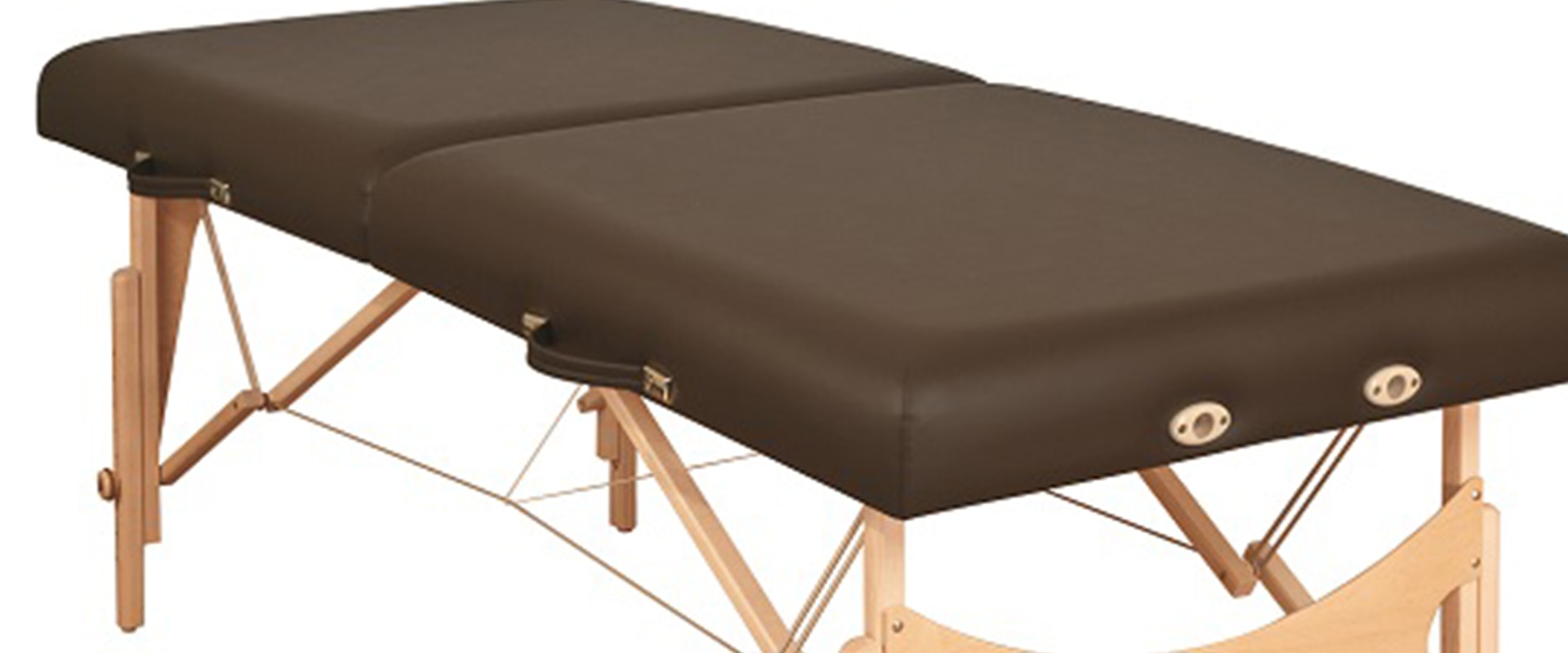Are you interested in learning more about the massage industry? If so, you've come to the right place. This article will provide an overview of the size and scope of the massage industry, including key figures and rankings on companies and products, perspectives and preferences of consumers and brands, and detailed information on political and social issues. Additionally, we'll discuss the market potential of the digital future, the world's most important technology markets, health markets, advertising and media, industry development, economic and social indicators, and more. The massage industry is a rapidly growing sector in North America.
According to the American Massage Therapy Association (AMTA) Consumer Survey, an average of 21 percent of adult Americans received at least one massage at a spa in the past year. This is a significant increase from previous years, indicating that more people are recognizing the importance of massage therapy for overall health. Massage therapists typically complete a post-secondary education program of 500 or more hours of study and experience, although standards and requirements vary by state or other jurisdictions. Most states regulate massage therapy and require massage therapists to be licensed or certified.
Massage therapists must be strong and able to exert pressure through a variety of arm and hand movements when manipulating a client's muscles. They also need to be able to evaluate the needs of each client and recommend the best treatment based on that person's needs. Massage therapists work in a variety of settings, such as spas, franchised clinics, doctor's offices, hotels, and fitness centers. When giving a massage to help clients relax, massage therapists generally work in low-light environments and use candles, incense, and calm, relaxing music.
Most massage therapists earn a combination of salaries and tips and can receive free or discounted massages as a benefit. The North American market is mainly driven by the growing number of luxurious service facilities and the growing demand for full body massages and beauty treatments in the U. S. In addition, because of the strength and endurance needed to give a massage, many therapists are unable to perform massage services 8 hours a day, 5 days a week. This has led to an increase in software-based management systems for massage centers as well as sauna facilities which allow customers to easily book appointments and offer seamless transaction options. To become a licensed massage therapist in most states requires passing an exam which can be either state-specific or the Massage & Bodywork Licensing Exam (MBLEx) offered by the Federation of State Boards of Massage Therapy.
Systems, software, wall color, furniture, floors: MassageLuxe has it all designed for you and provides you with the necessary training. The massage industry is an ever-growing sector with many opportunities for those interested in pursuing it as a career. With its increasing popularity among consumers comes an increased demand for qualified professionals who can provide quality services. With proper training and certification, you can become part of this rapidly expanding industry.











